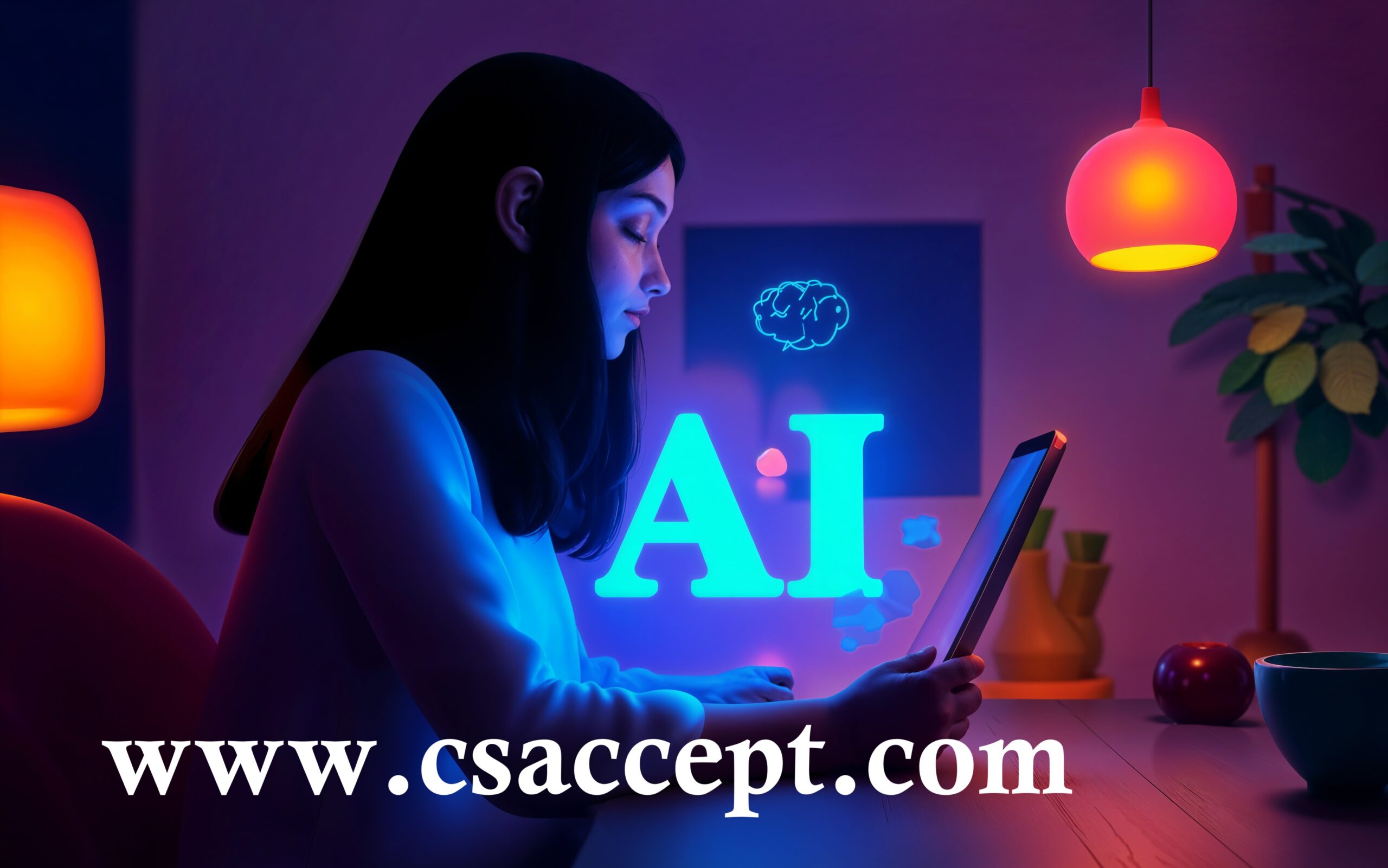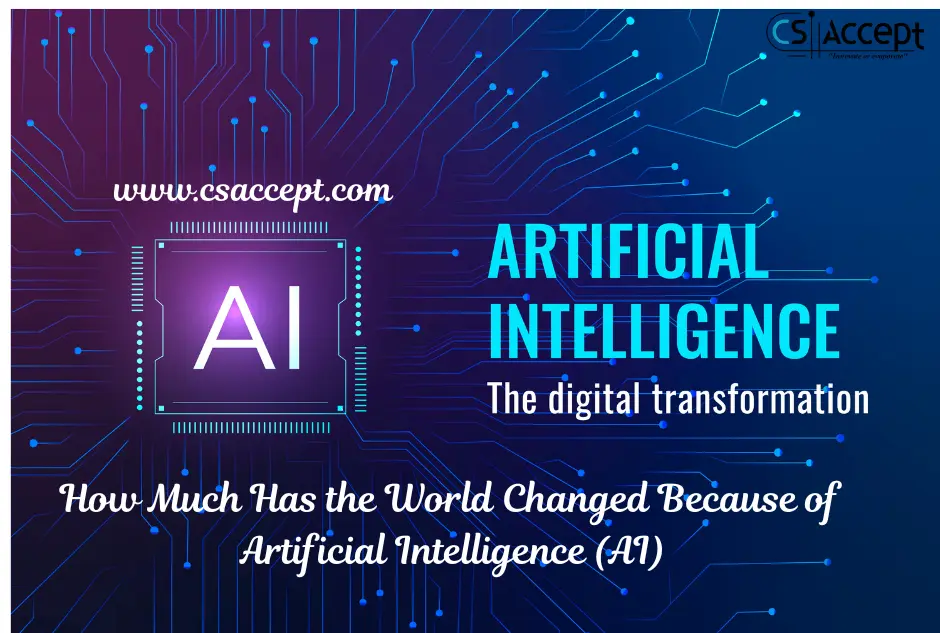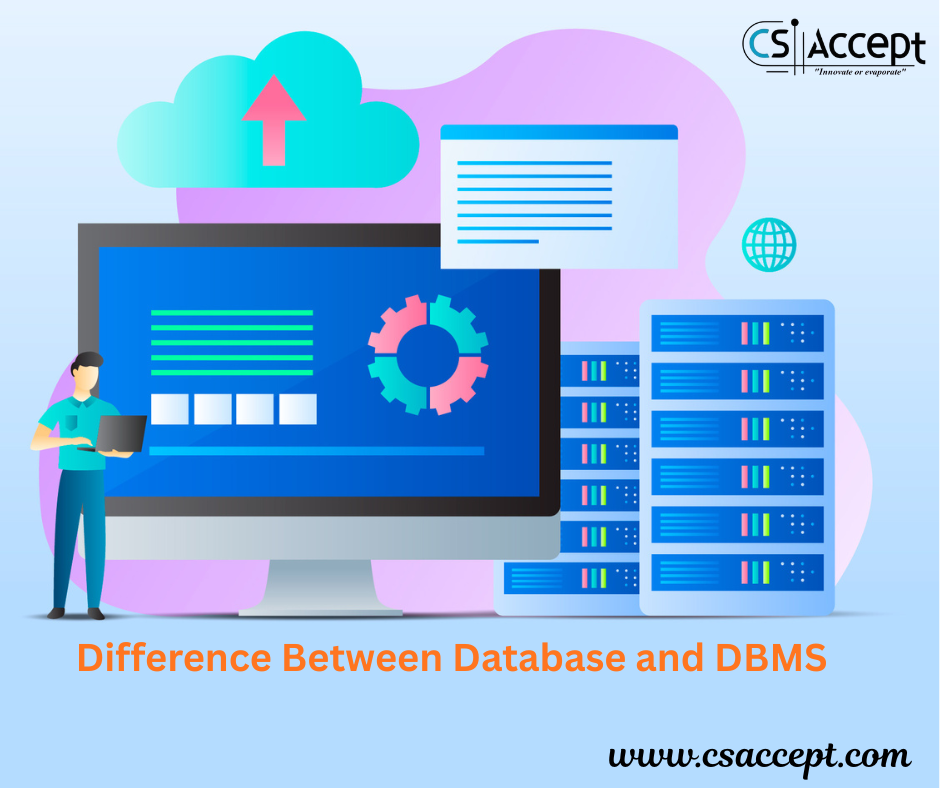
Generative AI Complete Explanation with Example
8 Important Things to Know About Generative AI
1. Introduction Generative AI
Generative Artificial Intelligence (Generative AI) is a specialized field of artificial intelligence that focuses on creating new content such as text, images, music, videos, and computer code. Unlike traditional AI systems, which are mainly used for classification, prediction, or decision-making, Generative AI goes a step further by producing original data that closely resembles human-created work.
Example:
- Traditional AI: A system classifies an email as spam or not spam.
- Generative AI: A system writes an entire email based on a given topic or style.
2. Working Principle Generative AI
Generative AI relies on advanced machine learning techniques, particularly deep learning, to identify patterns in large datasets and then generate new content based on those patterns.
Key methods include:
- Neural Networks: The backbone of most AI models, enabling recognition of patterns in data.
- Transformers: Architectures like GPT (Generative Pre-trained Transformer) that are widely used in natural language tasks.
- GANs (Generative Adversarial Networks): Consist of a generator that produces new data and a discriminator that evaluates whether the data looks realistic.
- Diffusion Models: Modern models used for generating high-quality images by gradually improving random noise into meaningful pictures.
Example (text generation):
A person asks an AI model to write a poem about the moon. The system predicts each word one after another, using its knowledge of millions of existing sentences, until a full poem is formed.
Example (image generation):
A prompt such as “a cat wearing sunglasses while sitting on the moon” can be given to an image generator like Stable Diffusion. The system creates a new image pixel by pixel that fits the description.
3. Types of Generative AI Models
- Language Models: Create essays, summaries, conversations, and even computer code. (Example: GPT-based models).
- Image Generators: Produce digital artwork, product prototypes, and realistic pictures. (Example: DALL·E, MidJourney).
- Audio Generators: Generate voices, sound effects, and music.
- Video Generators: Create animated clips, advertisements, and short films.
- Code Generators: Assist programmers in writing and correcting software code.
4. Applications of Generative AI
- Education: Developing customized learning material and AI-based tutoring.
- Healthcare: Supporting drug discovery and simulating protein structures.
- Entertainment: Producing music, scripts, and characters for films and games.
- Design: Generating fashion trends, product designs, and creative artwork.
- Business: Writing product descriptions, generating reports, and creating chatbots for customer service.
Application Example:
An e-commerce platform can automatically generate thousands of product descriptions using generative AI instead of writing them manually.
5. Benefits of Generative AI
- Saves time and reduces repetitive work.
- Supports innovation and creativity.
- Enables large-scale personalization.
- Assists in research and rapid prototyping.
- Enhances productivity in multiple industries.
6. Limitations and Challenges
- Bias in Data: AI may replicate or amplify human biases.
- Accuracy Issues: Models may generate incorrect or fabricated information.
- Copyright Problems: Output may unintentionally resemble existing copyrighted work.
- Misinformation: Can be misused for creating fake news or deepfakes.
- Ethical Concerns: Misuse in fraud or harmful content creation.
Example of Risk:
If a student uses AI to generate a research project without verification, the result may contain false information or unreliable references.
7. Future Scope Generative AI
Generative AI Complete Explanation with Example
Generative AI is expected to grow in several directions:
- Smarter AI assistants capable of natural human-like interactions.
- Creative industries using AI for designing art, music, and films.
- Medical research benefiting from AI-driven simulations and personalized treatment plans.
- Greater use in corporate environments for automating documents and presentations.
- Stronger rules and ethical guidelines to prevent misuse.
8. Case Study Example
Personalized Learning with Generative AI
A student interested in learning Python programming can interact with a generative AI system. The AI can create a customized study schedule, explain concepts in simple terms, provide sample programs, and answer doubts interactively. As a result, the student learns faster and with greater clarity compared to standard textbooks.
Conclusion
Generative AI Complete Explanation with Example is not just about automating existing tasks but about creating entirely new possibilities. It has applications in education, healthcare, entertainment, design, and business. While the technology offers many advantages, it also comes with risks such as misinformation, bias, and ethical concerns. The future of Generative AI depends on how responsibly it is developed and used.

Best differences between MacBook Pro, HP, Dell, Lenovo, Asus, and Gaming laptops






